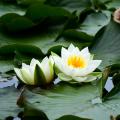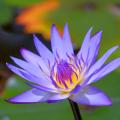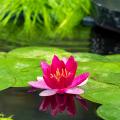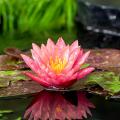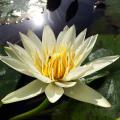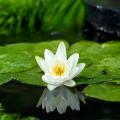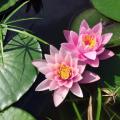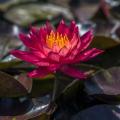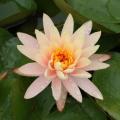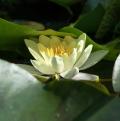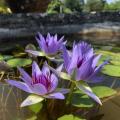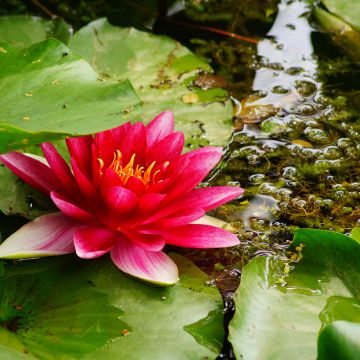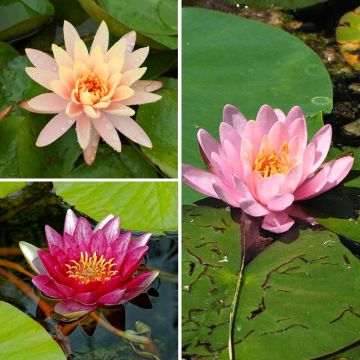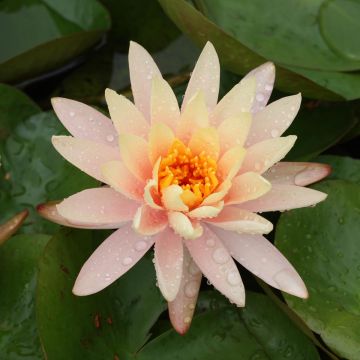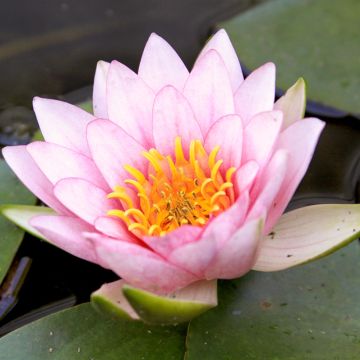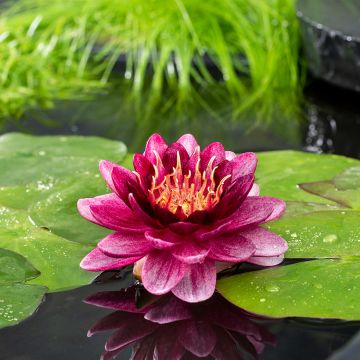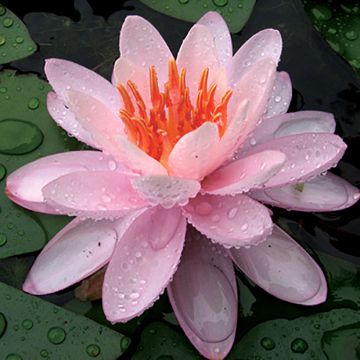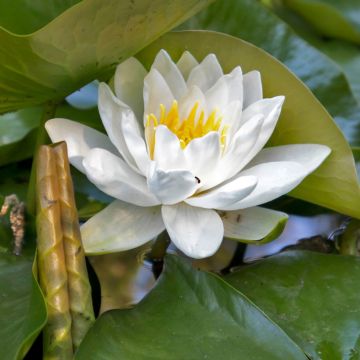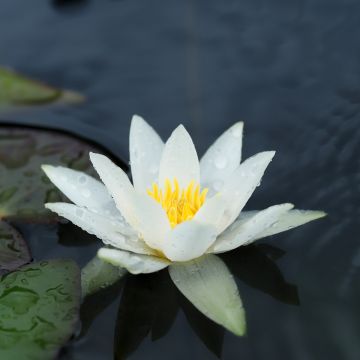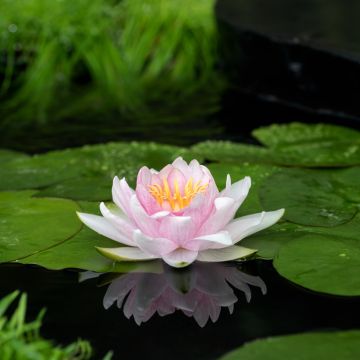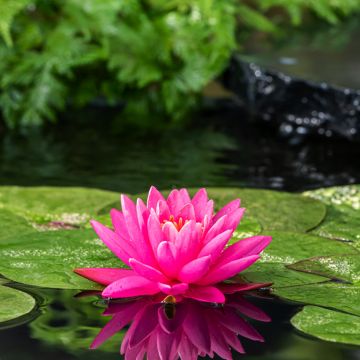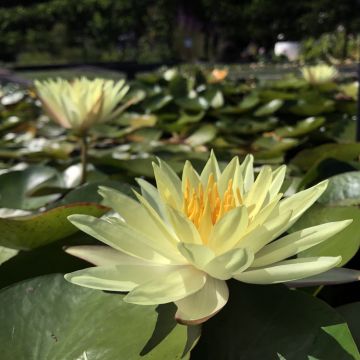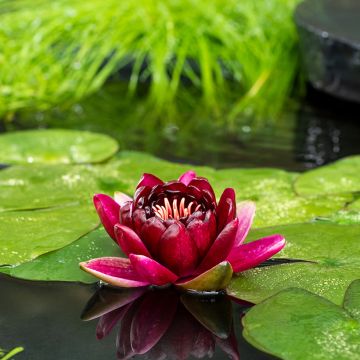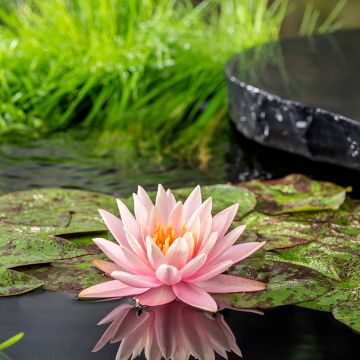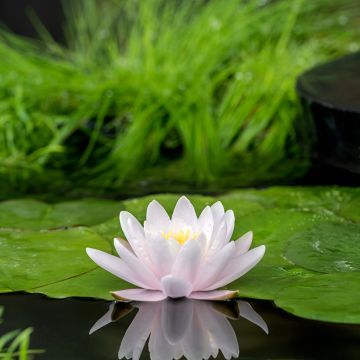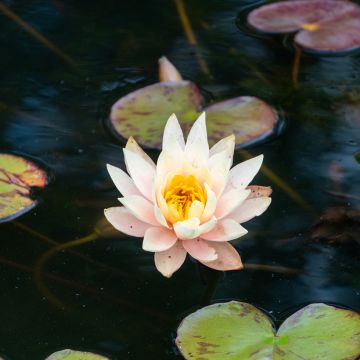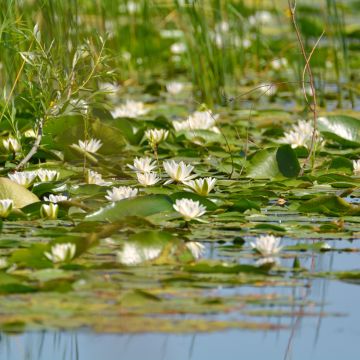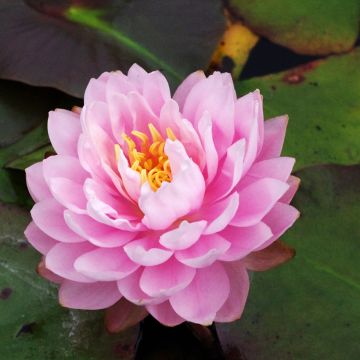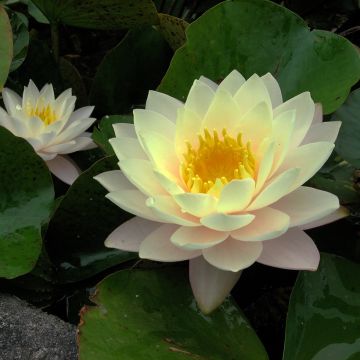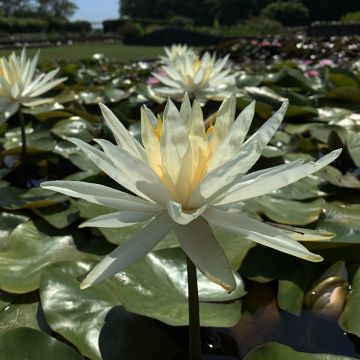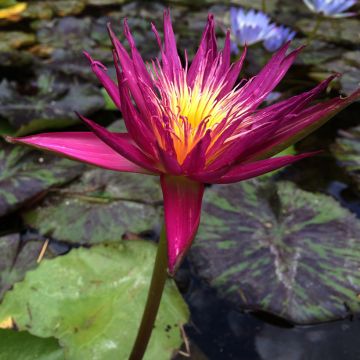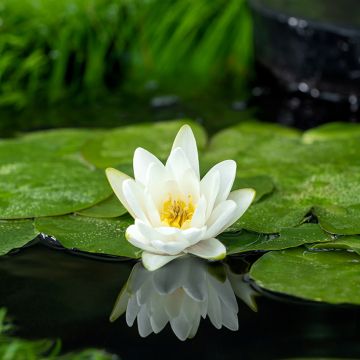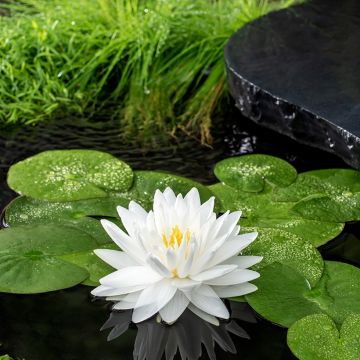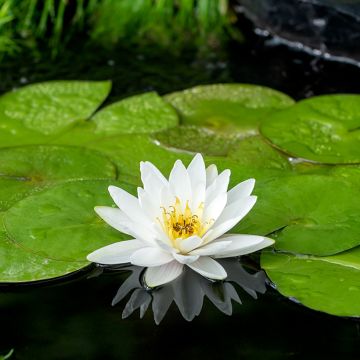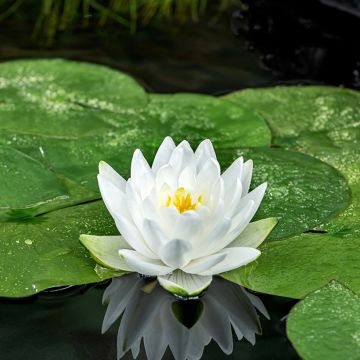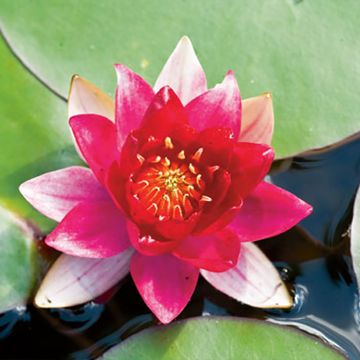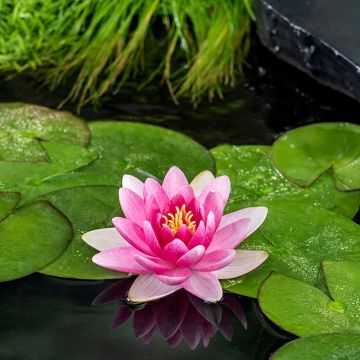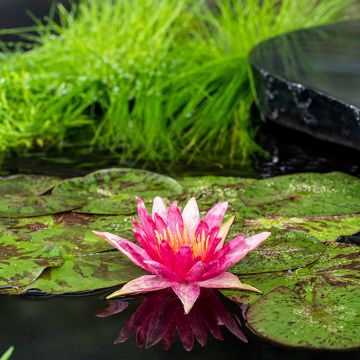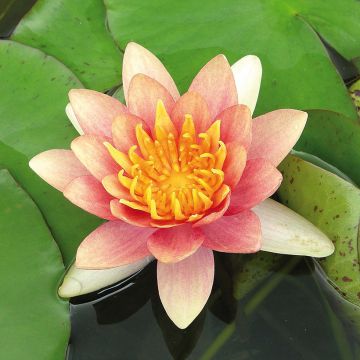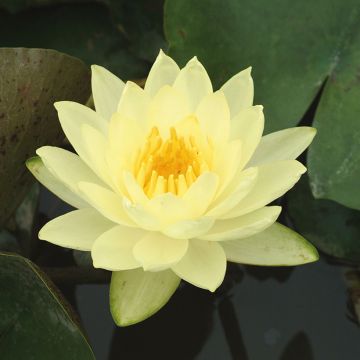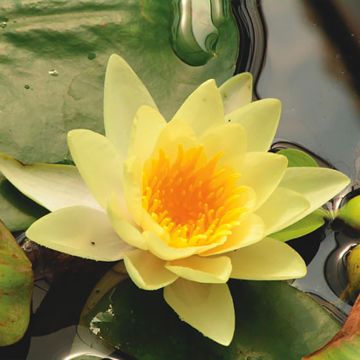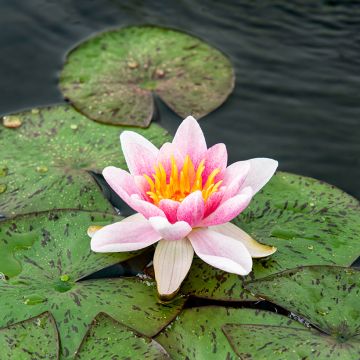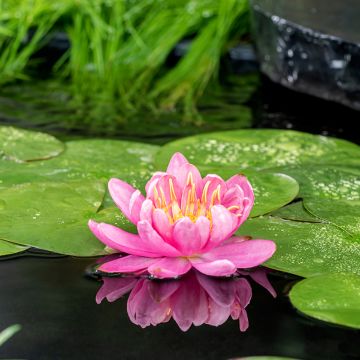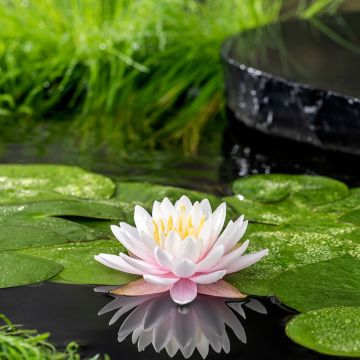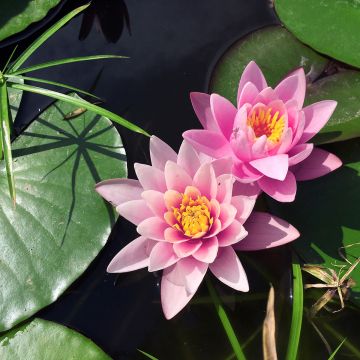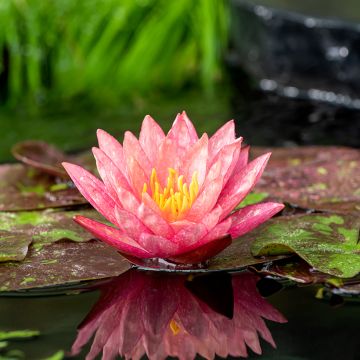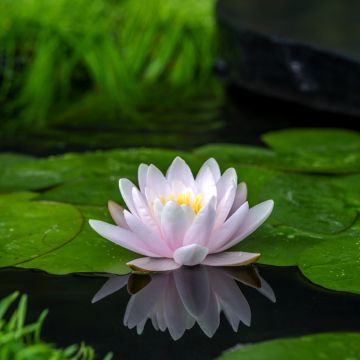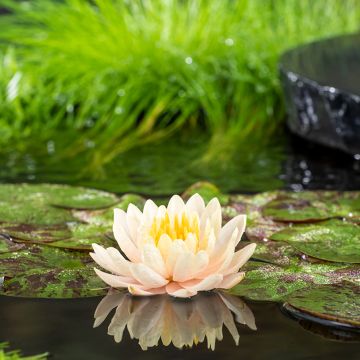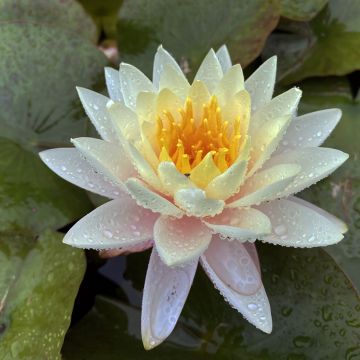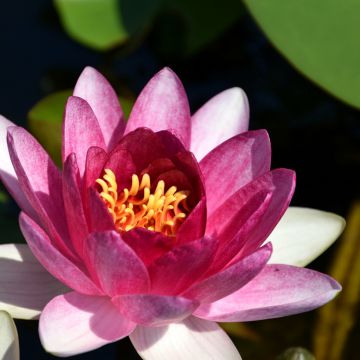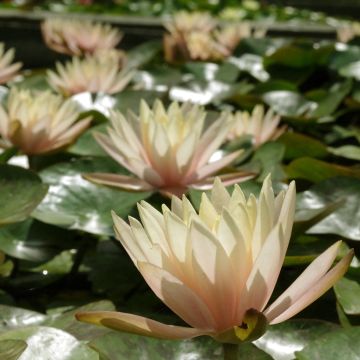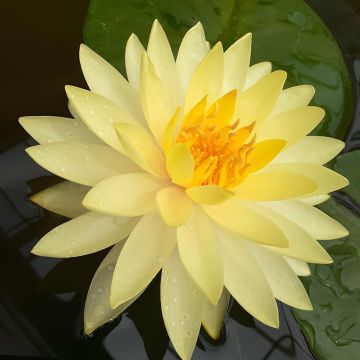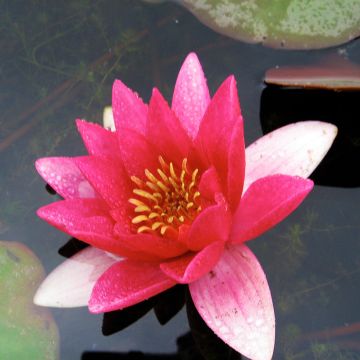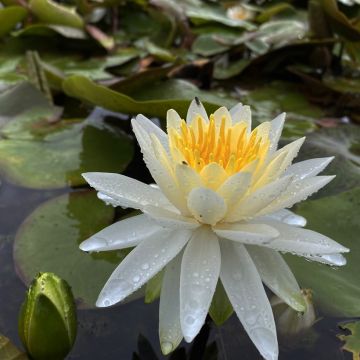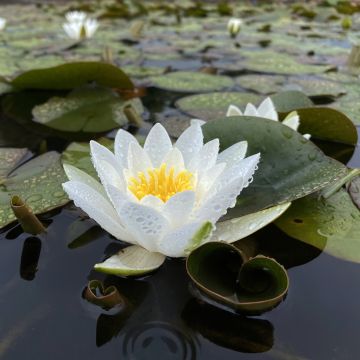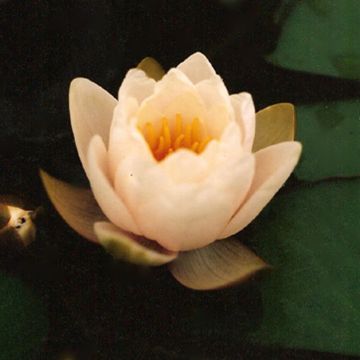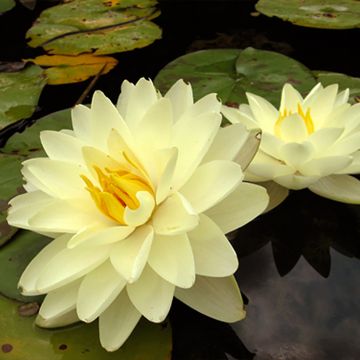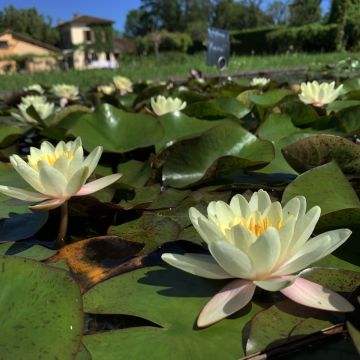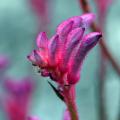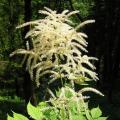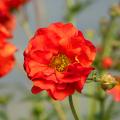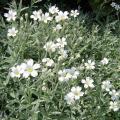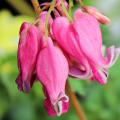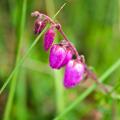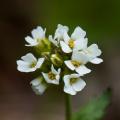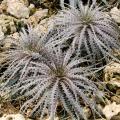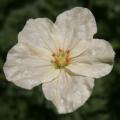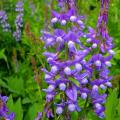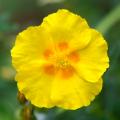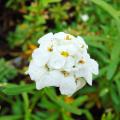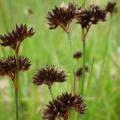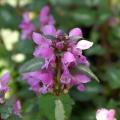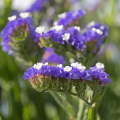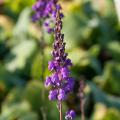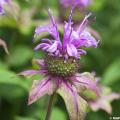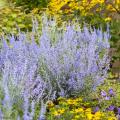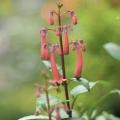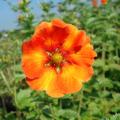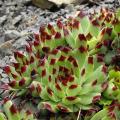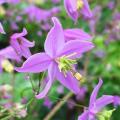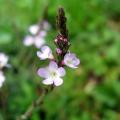Nymphaea - Water Lilies
Does this plant fit my garden? Set up your Plantfit profile →
Available in 2 sizes
Available in 1 sizes
Available in 1 sizes
Available in 1 sizes
Available in 1 sizes
Available in 1 sizes
Available in 1 sizes
Available in 1 sizes
Available in 1 sizes
Available in 1 sizes
Available in 1 sizes
Available in 1 sizes
Available in 1 sizes
Available in 1 sizes
Available in 1 sizes
Available in 1 sizes
Available in 1 sizes
Available in 1 sizes
Available in 1 sizes
Available in 1 sizes
Available in 1 sizes
Available in 1 sizes
Available in 1 sizes
Available in 1 sizes
Available in 1 sizes
Available in 1 sizes
Available in 1 sizes
Available in 1 sizes
Available in 1 sizes
Available in 1 sizes
Available in 1 sizes
Available in 1 sizes
Available in 1 sizes
Available in 1 sizes
Available in 1 sizes
Available in 1 sizes
Available in 1 sizes
Available in 1 sizes
Available in 1 sizes
Available in 1 sizes
Available in 1 sizes
Available in 1 sizes
Available in 1 sizes
Available in 1 sizes
Available in 1 sizes
Available in 1 sizes
Available in 1 sizes
Available in 1 sizes
Available in 1 sizes
The water lily or nymphea, in Latin Nymphaea, immortalized by the painter Monet, is an aquatic plant herbaceous of the family Nymphaeaceae, perennial with its fleshy roots. It is undoubtedly one of the most beautiful perennials for ponds. There are about 50 species of Nymphaeas worldwide, including water lilies that are hardy and perfectly suited for ornamental purposes in our water features, such as Nymphaea alba, N. odorata, N. candida... Crossed with other species, they have given rise to numerous horticultural hybrids that are also cold-resistant. These plants, which seem to float on the water, are appreciated for their large round leaves split at the base on which very beautiful flowers with multiple petals bloom, sometimes fragrant, of yellow colour (in the case of the Nymphaea Colonel A.J. Welch for example), white, pink, red as in 'Attraction', or even blue depending on the varieties. These plants spread over 50 cm (20in) for dwarf varieties, but some vigorous species can cover over 2 m (7ft) on the water surface. Two main categories of water lilies can be distinguished, depending on their cold resistance : the hardiest species, whose floating flowers bloom during the day, and the tender tropical species, whose flowers open during the day or at night, sometimes slightly above the surface of the pond, with foliage that is sometimes maculate, speckled or dentate. Water lilies are not only beautiful, but they are also useful plants for the good health of a pond: they limit the proliferation of algae through the shade they provide and contribute to the recycling of organic matter naturally present in aquatic areas. They are greedy plants that appreciate food (specific for aquatic plants) in spring. They thrive in the sun. Plant the roots in a basket filled with clay-loam soil, which you will immerse between 40-50 and 90 cm (16 and 35in) deep depending on the adult size of each variety.
Haven't found what you were looking for?

































